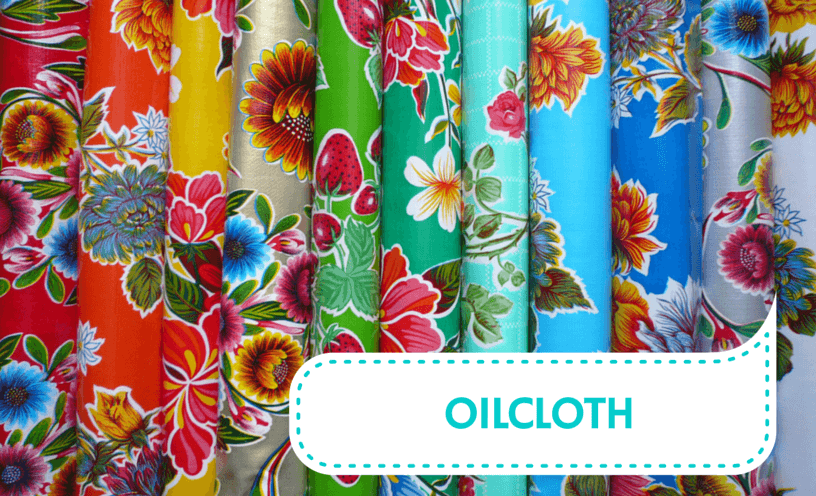
When it comes to a long-lasting, durable and weather-resistant fabric there are a number of options available; but choosing the right material is essential if you’re looking for a product that can repel everything that Mother Nature is prepared to throw at it.
So here are five fabrics which are water resistant or waterproof meaning they are perfect for everything from garden chairs to protective covers.
1. Polyurethane Laminate (PUL)
Polyurethane Laminate, or PUL, is a fabric with a plastic backing coated with a thin waterproof /water resistant skin which is durable, breathable with a slight cross grain stretch for extra flexibility. Usually sold in thicknesses of one or two millimetres one of the greatest attributes of PUL fabric is that it can be used in all weathers throughout the year without showing any signs of damage or wear.
2. Thermoplastic Polyurethane (TPU)
Laminated fabrics are an alternative to PUL material though in many ways offer the same benefits. A thin waterproof coating is given to fabric which is usually sold with a laminate layer of about one millimetre thickness, meaning this fabric is ideal for outdoor use as it’s durable, breathable and flexible.
3. Oil Cloth
Oil cloth, also known as enamelled cloth or American cloth, is close-woven cotton duck or linen material with a coating of boiled linseed oil in order to make it waterproof. This hard wearing and durable fabric is also easy to clean with just a simple wipe over with a damp rag making ideal for use in outdoor spaces which are exposed to the elements.
4. Laminated Cotton
Like PUL a thin waterproof coating is given to this fabric meaning it is ideal for making protective coverings to be used outdoors. Due to a one or two millimetre thick waterproof coating it is breathable and flexible while being easy to maintain and long lasting in all types of extreme weather.
5. Vinyl
Vinyl is a synthetic compound material, a type of plastic which is derived from ethylene and chlorine. It’s waterproof, strong and durable and because it is essentially plastic it can often be recycled and is a renewable substance due to the fact that around 57% of vinyl is salt.
